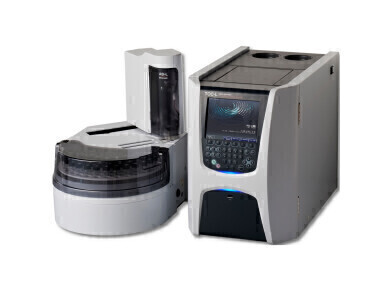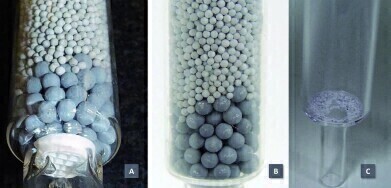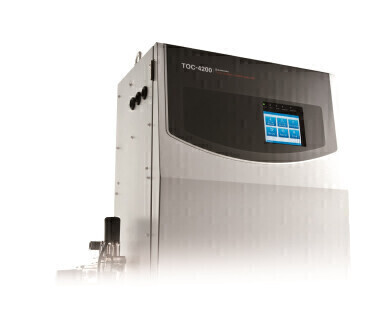Environmental Laboratory
Mastering Salt Contents in TOC Analysis
May 09 2023
Managing the buildup of salt in Total Organic Carbon (TOC) analysis can pose a significant challenge. TOC analysis is a widely used method for detecting organic contaminants in various fields, such as environmental monitoring, pharmaceutical and chemical production. The most commonly used method involves treating the sample with acid to remove inorganic carbon. This process leaves only the organic carbon compounds, which are then oxidized using a hot catalyst. The resulting carbon dioxide is detected by an NDIR detector.
However, a common problem with TOC analysis is the buildup of salts, such as sulfates or chlorides, on the catalyst and in the combustion tube. With each injection, these salts can build up and cause technical problems. They can melt and clog the active surface of the catalyst or cause destructive stress to glass components as they heat or cool. Samples with high salt content require more maintenance and can shorten the life of the analyzer.
To avoid salt buildup, it's crucial to use combustion temperatures below the melting points of common salts. Shimadzu's 680°C combustion method, developed in the 1980s, has proven highly effective in addressing this issue. With its platinum catalyst, this method efficiently oxidizes organic compounds into carbon dioxide. Additionally, TOC-L Series laboratory analyzers come equipped with an integrated sample preparation module, allowing for automatic sample dilution. This feature not only extends the measurement range by reducing TOC contents but also increases maintenance life by reducing adverse sample matrix.
In some cases, the low TOC concentration in samples such as seawater or pure salt solutions and brines does not allow for dilution. For these situations, the high salt catalyst kit (Fig. 2) is available. This kit consists out of a combustion tube with a special geometry filled with catalyst beads of various sizes (A). The beads are held in place by a coarsely meshed ceramic lattice, allowing the salts to precipitate (B) and run down the packing of the catalyst tube where it is collected in a salt trap (C). Experiments show that usage of the high salt kit enables up to 3500 injections of a seawater sample before maintenance is required. This high robustness even allows for TOC analyses of highly concentrated sodium chloride brines (28%).
The benefits of the high salt kit extend beyond laboratory analysis, as it can be used in process analysis with TOC-4200 Series online analyzers to increase plant availability. The amount of sample that can be measured before maintenance is required increases up to twelve times compared to conventional catalysts, which is particularly beneficial in industrial processes where water is recovered from wastewater, in turn increasing salt content.
Mastering salt content in TOC analysis is crucial for accurate results. The Shimadzu 680°C combustion method and high salt catalyst kit are effective solutions. The combustion method is suitable for most samples, while the high salt kit is particularly useful when dilution is not possible. By utilizing these techniques, TOC analysis can provide reliable results even with high salt concentrations.
Digital Edition
AET 28.2 April/May 2024
May 2024
Business News - Teledyne Marine expands with the acquisition of Valeport - Signal partners with gas analysis experts in Korea Air Monitoring - Continuous Fine Particulate Emission Monitor...
View all digital editions
Events
Jul 30 2024 Jakarta, Indonesia
China Energy Summit & Exhibition
Jul 31 2024 Beijing, China
2024 Beijing International Coal & Mining Exhibition
Aug 07 2024 Beijing, China
IWA World Water Congress & Exhibition
Aug 11 2024 Toronto, Canada
Aug 25 2024 Stockholm, Sweden and online











.jpg)








